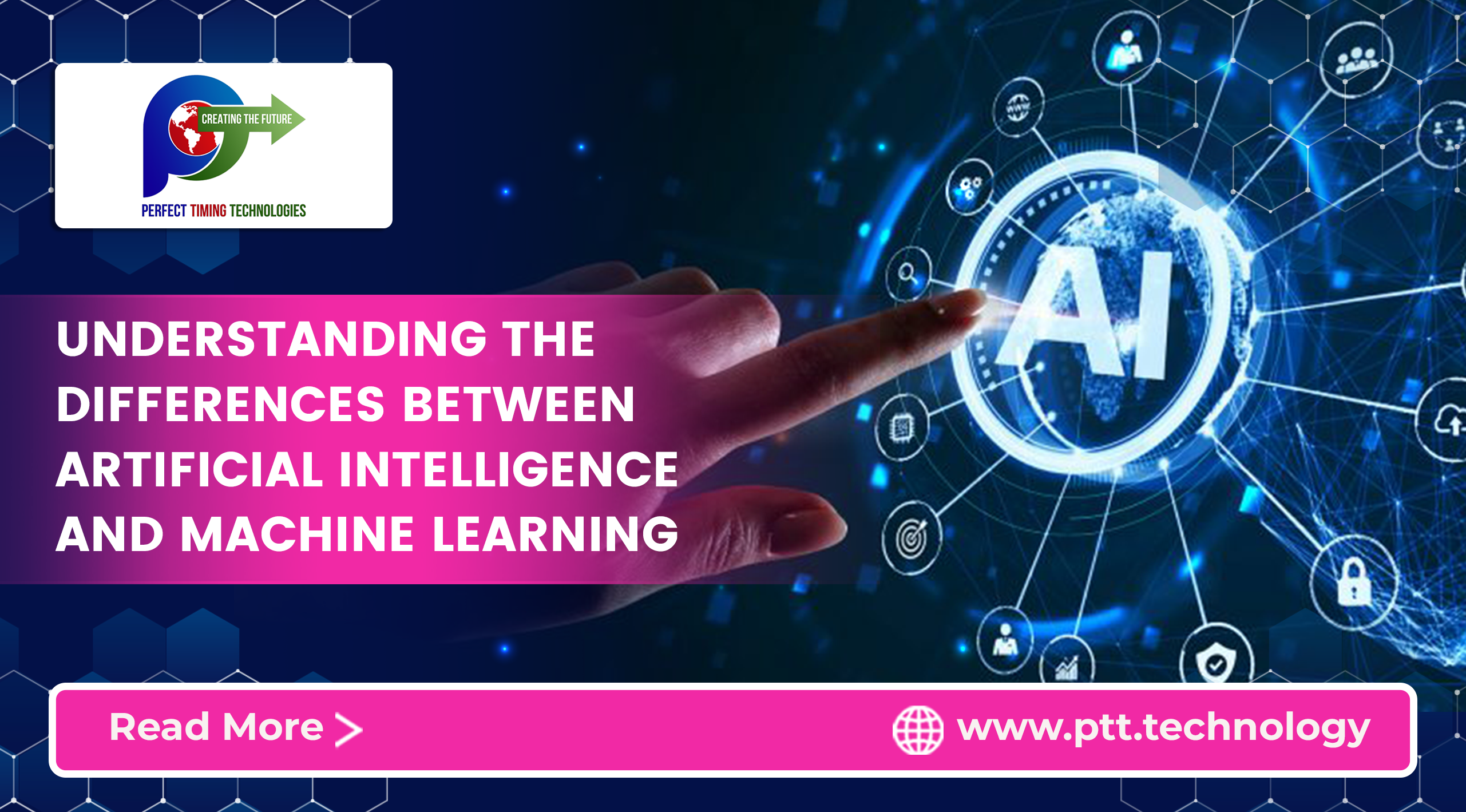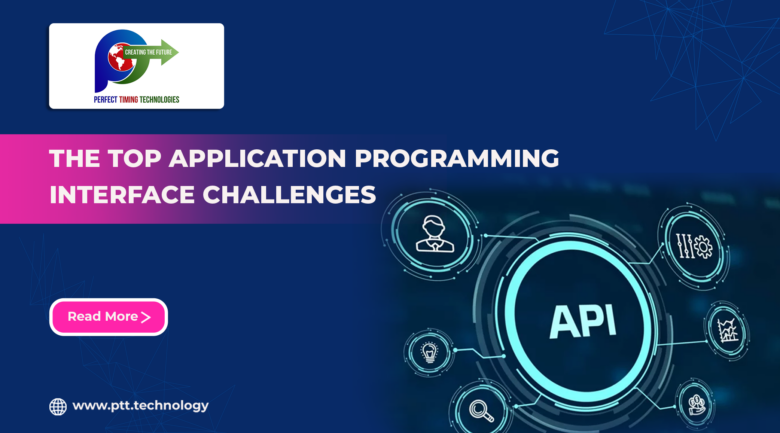
We have seen that people often use Artificial Intelligence and Machine Learning synonymously. However, these two concepts are meaningfully different, although related.
This article will delve into the key differences between AI and ML. But first, we must define both and then make out the differences between these.
What is Artificial Intelligence?
Artificial Intelligence is the development and deployment of computer systems that can perform tasks that typically require human intelligence. It encompasses a broad range of technologies, methodologies, and applications with human-like intelligence in machines.
AI systems perceive, reason, learn, and make decisions or predictions based on data. They aim to replicate or augment human cognitive abilities such as problem-solving, pattern recognition, language understanding, and decision-making.
What is Machine Learning?
Machine Learning is a sub-category of Artificial Intelligence that focuses on developing algorithms and statistical models that enable computers to learn from and make data-driven decisions or predictions without being explicitly programmed.
ML algorithms automatically learn patterns and extract insights from data, improving their performance over time with experience.
Key Differences Between AI and ML
Artificial Intelligence (AI) and Machine Learning (ML) are closely related but distinct concepts in computer science.
Mentioned below are the key differences between AI and ML:
Scope and Objective – AI aims to create machines or systems that simulate human intelligence, including reasoning, problem-solving, perception, and learning.
Machine Learning is a subset of AI focusing on algorithms and statistical models that enable computers to learn from and make data-based predictions or decisions without being explicitly programmed.
Approach – Artificial Intelligence uses various techniques, including rule-based systems, symbolic reasoning, expert systems, natural language processing, computer vision, and machine learning.
Whereas, Machine Learning primarily relies on statistical techniques to enable machines to learn patterns and make decisions or predictions. It focuses on training models with data and optimizing them based on performance metrics.
Data Dependency – AI systems can operate with or without data. They depend upon pre-programmed rules, knowledge bases, or expert systems to make decisions.
On the other hand, Machine Learning heavily relies on data for training and making predictions. ML algorithms learn patterns and extract insights from the provided data to improve their performance over time.
Human Intervention – AI-enabled systems are designed to operate autonomously, without human intervention, by following predefined rules or relying on pre-existing knowledge.
On the contrary, ML algorithms require human intervention during the training phase, where humans provide labelled or unlabeled data for the algorithm to learn from. However, once trained, ML models can make predictions automatically without continuous human involvement.
Flexibility and Generalization – AI-powered systems can exhibit more flexibility and adaptability in handling various tasks and vast domains. They can apply knowledge and reasoning to different scenarios, even if they haven’t encountered those specific scenarios before.
Whereas, Machine Learning models perform specific tasks based on the training data. They generalize patterns from the training data to make predictions or decisions on new, unseen data within the same domain.
Final Takeaway
In practical terms, Artificial Intelligence and Machine Learning often go hand in hand, with ML being a crucial component of many AI systems. Machine learning techniques provide the ability to learn from data essential for creating intelligent systems and enabling them to adapt and improve their performance over time.
To know more about the two concepts, call our experts today.







